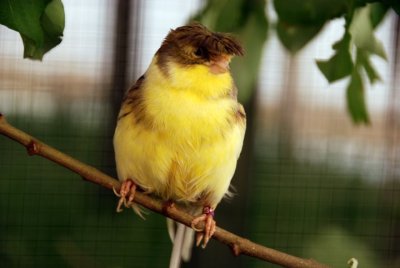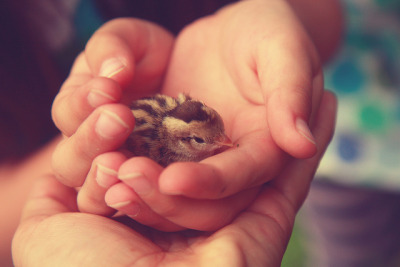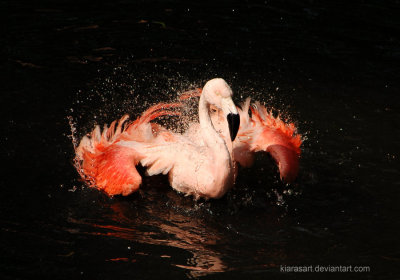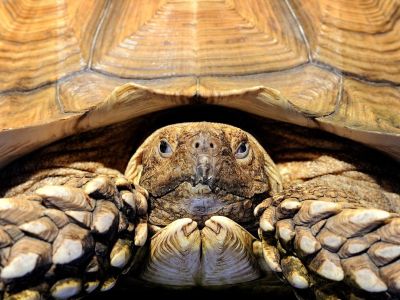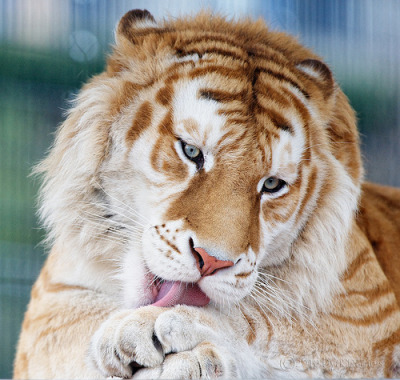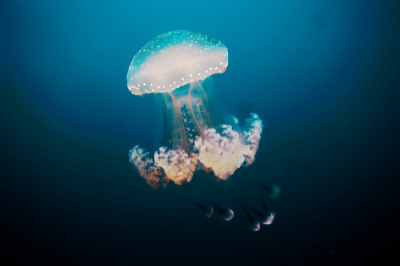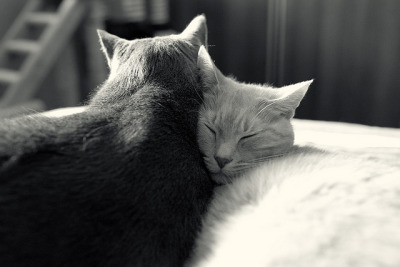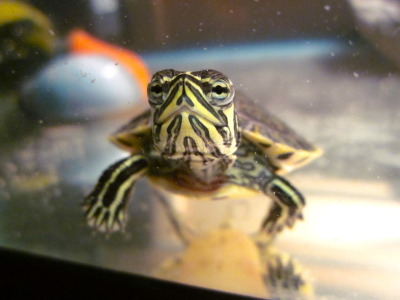They take their dogs to the vet far more often than they go to the doctor, purchase houses they think will make their dogs happy, and then remodel them with flooring better suited to their dogs comfort. We build ponds and pools and agility fields. No question, dogs are wonderful, and so are most dog owners. In addition to denigrating humans, many of these quotes seem to assign to animals some sort of idealized spiritual status—that they are kinder, gentler, less aggressive, more tolerant, and just all around more wonderful creatures than evil, detestable human beings. I hate to burst the sweet Disney bubble, but animals can be and often are every bit as selfish, hostile, aggressive and cruel as man. They are dogs!
 |
| "We give dogs time we can spare, space we can spare and love we can spare. And in return, dogs give us their all. It’s the best deal man has ever made…" |
However, in an effort to exalt dogs, many of these quotes are inaccurate and unintentionally send troublesome messages that have serious negative consequences. They kill each other for fun, they fight, they eat crap, they eat their own babies, etc. It is great to appreciate and value the wonderful traits of animals, but sentimentalizing these traits and imagining that animals are all wise, benevolent, and enlightened beings is simply not true.
A society that is passing more and more laws to protect sweet, wonderful, innocent animals from the evil of being associated with man. Many lawmakers and average Americans have become persuaded that interaction with humans is BAD for animals. That surely these wonderful creatures deserve a life away from the exploitation and cruelty of humans. They have forgotten how much good we do for our animals, and we need to be very careful that we are not instantiating this skewed perception, and in fact that our statements reinforce what we know to be true.


















